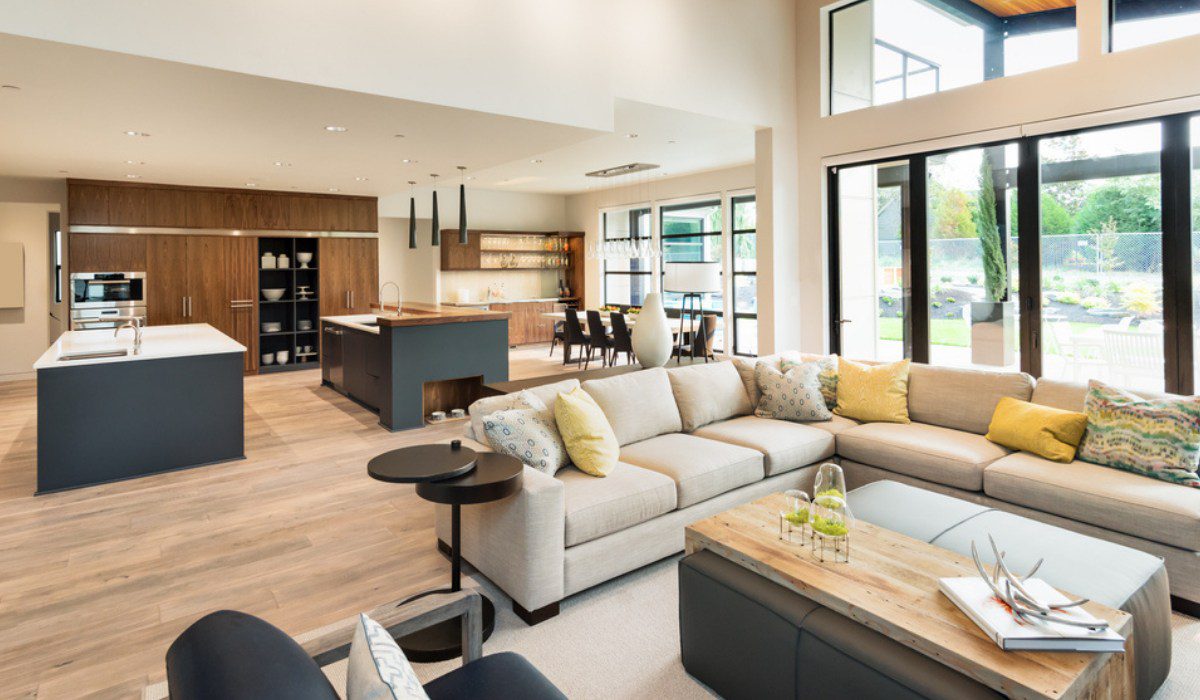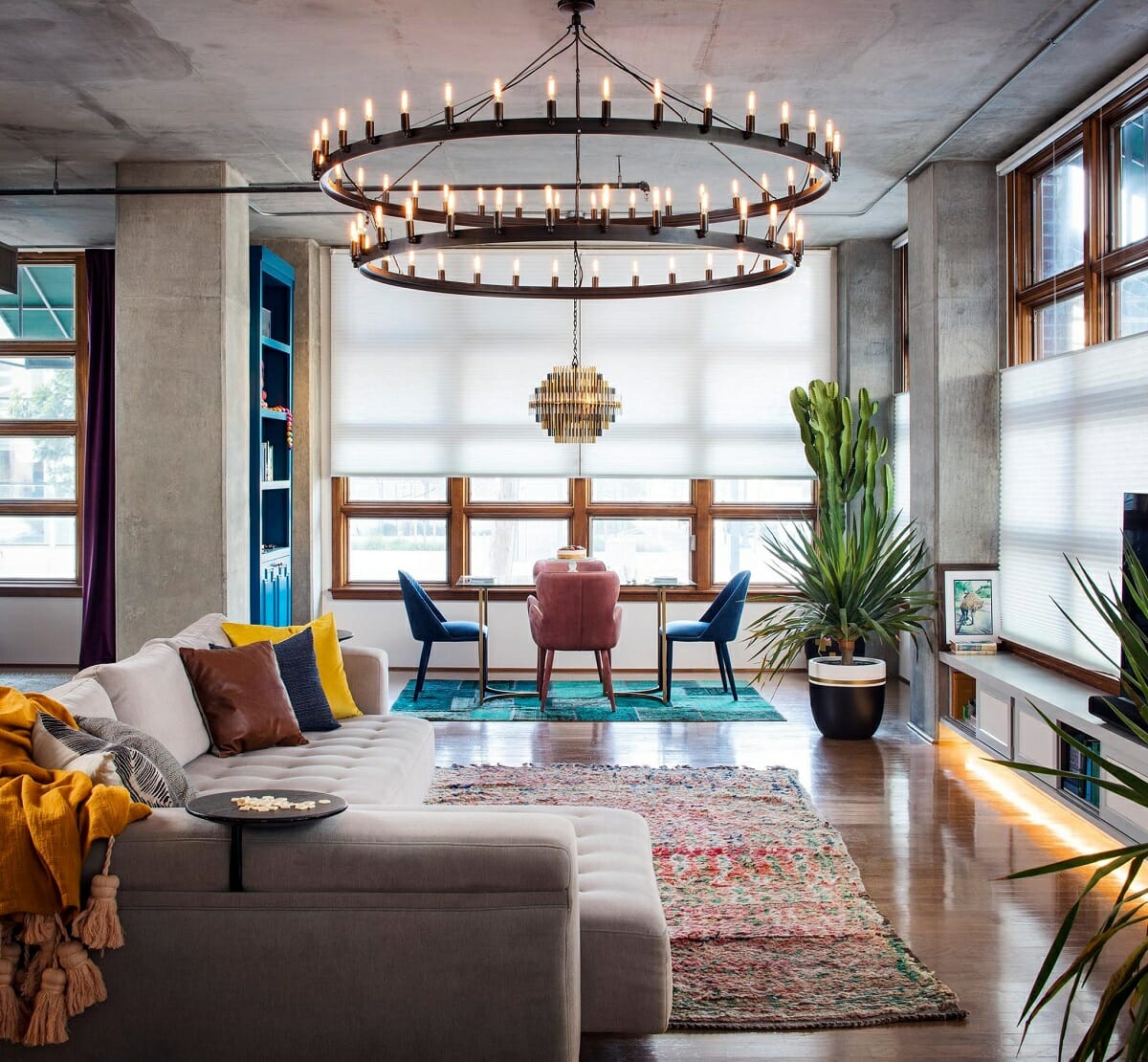Popular Designer Decor Trends
/GettyImages-494358447-59a2b77ad963ac00116b7e36.jpg)
In the ever-evolving world of interior design, trends come and go, but some leave a lasting impact, shaping the way we live and decorate our homes. From furniture to lighting and textiles, here are some of the most popular designer decor trends that are defining the current design landscape:
Furniture, Designer decor
Furniture trends in 2023 are all about comfort, functionality, and sustainability. Curved lines and organic shapes are replacing sharp angles, creating a more inviting and cozy atmosphere. Natural materials like wood, stone, and leather are making a comeback, adding warmth and texture to spaces. Modular furniture is also gaining popularity, allowing for easy reconfiguration and customization to suit different needs and spaces.
Designer decor embraces functionality and aesthetics, extending beyond furniture to include elements like wall shelves. Wall shelf design offers a versatile canvas for displaying treasured objects, showcasing books, or adding a touch of greenery to any space. From floating shelves to intricate built-ins, designer decor elevates the ordinary into the extraordinary, transforming walls into canvases of creativity.
Lighting
Lighting plays a crucial role in setting the mood and ambiance of a space. In 2023, we’re seeing a shift towards more sculptural and statement-making lighting fixtures. Oversized pendants, geometric chandeliers, and floor lamps with unique shapes and finishes are becoming increasingly popular. Warm and inviting lighting, such as candlelight and soft ambient lighting, is also trending, creating a more intimate and welcoming atmosphere.
Textiles
Textiles have the power to transform a space, adding color, texture, and personality. In 2023, we’re seeing a resurgence of bold patterns and vibrant colors in textiles. Geometric prints, floral motifs, and ethnic-inspired designs are making a comeback, adding a touch of eclecticism and global flair to interiors. Natural fibers like cotton, linen, and wool are also trending, bringing a sense of warmth and comfort to spaces.
Design Elements and Principles in Designer Decor

Creating visually appealing spaces in designer decor involves mastering the fundamental principles of design and skillfully combining various design elements. These principles and elements work together to achieve balance, contrast, and harmony, resulting in spaces that are both aesthetically pleasing and functional.
Design Principles
Design principles provide a framework for organizing and arranging design elements effectively. These principles include:
- Balance: Distributing visual weight evenly to create a sense of stability and equilibrium.
- Contrast: Using contrasting elements, such as light and dark colors or different textures, to create visual interest and emphasize focal points.
- Harmony: Combining elements that complement each other to create a cohesive and unified space.
- Rhythm: Creating a sense of movement and flow through the repetition of elements or patterns.
- Proportion: Ensuring that the sizes and scales of elements are visually pleasing and appropriate for the space.
Design Elements
Design elements are the building blocks of any space and include:
- Line: Lines define the shape and structure of objects and can create a sense of direction, movement, or emphasis.
- Shape: Shapes are two-dimensional areas defined by lines and can be geometric (e.g., squares, circles) or organic (e.g., leaves, flowers).
- Texture: Texture refers to the surface quality of an object and can be visual (e.g., smooth, rough) or tactile (e.g., soft, hard).
- Color: Color is a powerful tool for creating mood, evoking emotions, and drawing attention to specific elements.
By understanding and applying these design principles and elements, designers can create spaces that are not only visually appealing but also functional and inviting.
Materials and Finishes in Designer Decor

Materials and finishes play a crucial role in shaping the aesthetics and ambiance of a designer decor. From the warmth of wood to the sleekness of metal, the choice of materials can dramatically transform the overall look and feel of a space.
Wood
Wood is a timeless and versatile material that brings a sense of warmth and natural beauty to any interior. From the rich tones of mahogany to the light and airy feel of birch, wood offers a wide range of options to suit different design styles. Common wood finishes include paint, stain, and varnish, each providing a unique look and protection.
Metal
Metal is another popular material in designer decor, adding a touch of modernity and industrial chic. From the brushed finish of stainless steel to the warm glow of copper, metal can be used to create a variety of effects. Metal finishes can range from polished to antiqued, giving designers the flexibility to achieve different aesthetics.
Glass
Glass is a versatile material that can be used to create a sense of openness and light. From clear glass windows to frosted or tinted panels, glass can be used to divide spaces, create privacy, or simply add a touch of elegance. Glass finishes can vary from transparent to opaque, allowing designers to control the amount of light and privacy in a space.
Fabrics
Fabrics play a significant role in creating comfort, texture, and style in designer decor. From soft and cozy textiles to luxurious silks and velvets, fabrics can transform the look and feel of a room. Fabric finishes can include weaving, embroidery, and printing, offering endless possibilities for customization and creativity.
Beige is a versatile color that can be used in a variety of ways to create a stylish and sophisticated home. If you’re looking for a warm and inviting space, consider using beige as the primary color for your walls and furniture.
For a more modern look, pair beige with black or white accents. And if you’re looking for something truly unique, try incorporating beige into your beige house interior. No matter how you use it, beige is sure to add a touch of elegance to your home.